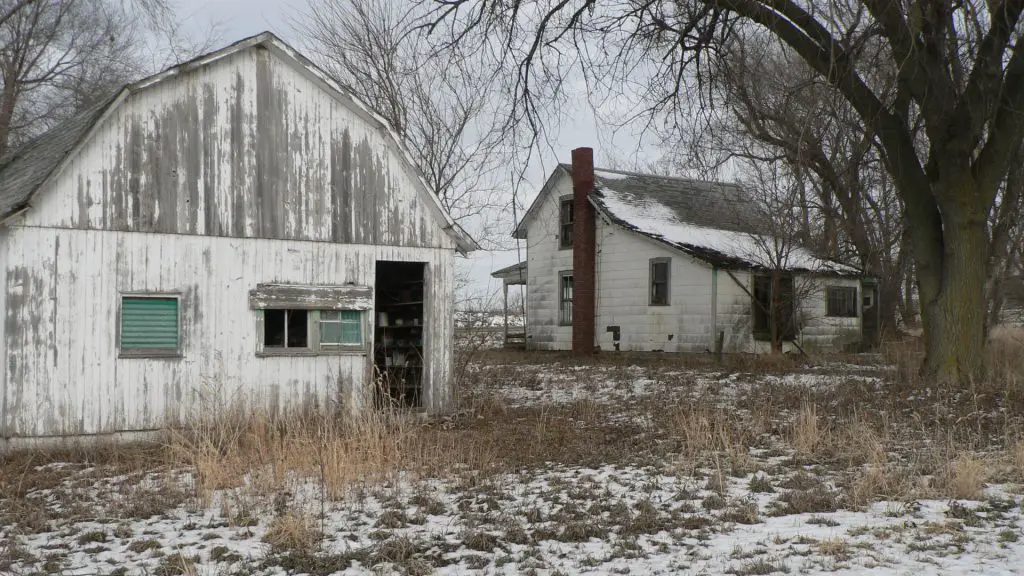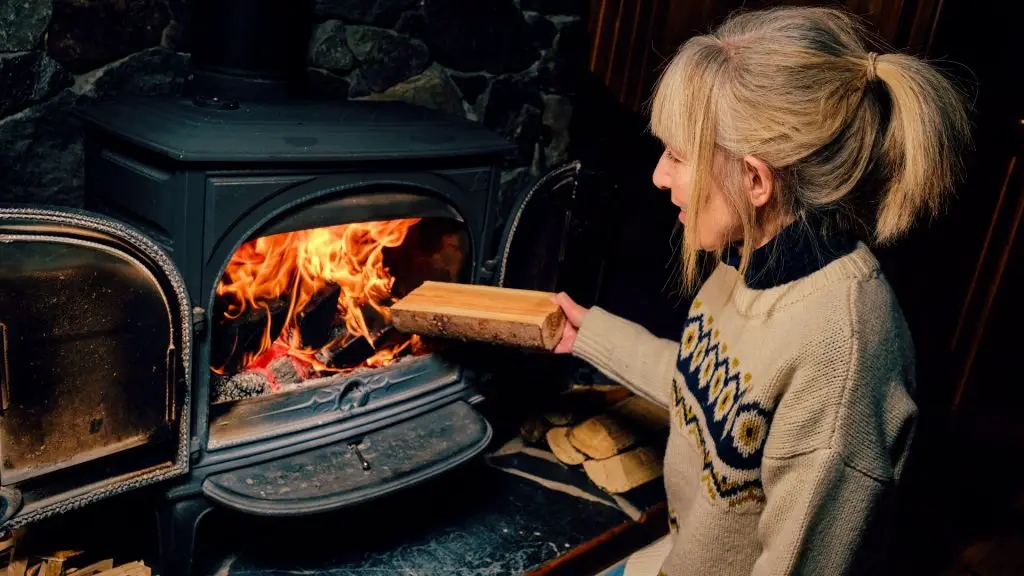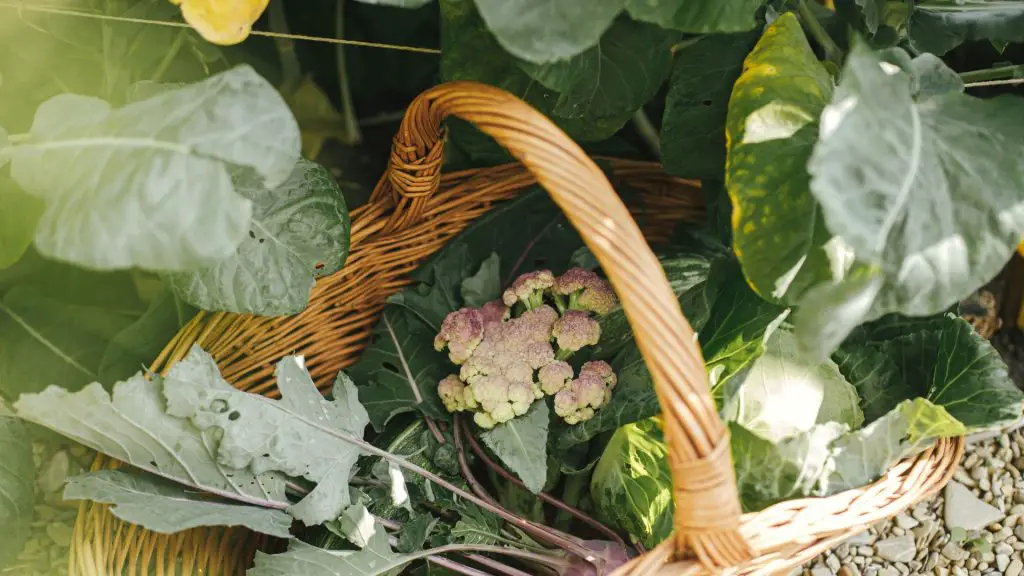Winter Prep: How to Get Your Homestead Ready for the Cold
As the temperatures drop and days get shorter, it’s time to get your homestead ready for winter. This guide will cover key steps to make your property cozy, productive, and safe during the cold months. You’ll learn how to insulate your home, stockpile firewood, set up a greenhouse, and care for your livestock.

Key Takeaways:
- Identify and seal drafts and insulation gaps to improve energy efficiency
- Build up your firewood supply to stay warm all winter long
- Utilize greenhouse gardening to grow fresh produce year-round
- Prepare comfortable and weatherproof shelter for your livestock
- Invest in reliable snow removal equipment and de-icing strategies
Insulate for Warmth and Energy Efficiency
Insulation is key to keeping your home warm and saving energy in winter. First, check for drafts or gaps in your insulation. These spots can let heat escape and increase your bills.
Identifying Drafts and Insulation Gaps
Use tools like an infrared camera or smoke pencil to find where cold air gets in. Look at windows, doors, attics, and crawl spaces closely. These areas often have gaps. Once you know where the issues are, you can fix them with better insulation.
Insulating Walls, Attics, and Crawl Spaces
To keep heat in and save energy, insulate your walls, attic, and crawl space. You might choose batt insulation, blown-in insulation, or spray foam, depending on your home. Make sure to hire experts for the best installation and results.
| Insulation Technique | R-Value | Cost | Ease of Installation |
|---|---|---|---|
| Batt Insulation | R-13 to R-23 | $0.50 to $1.50 per sq ft | Moderate |
| Blown-in Insulation | R-13 to R-40 | $1.00 to $2.00 per sq ft | Challenging |
| Spray Foam Insulation | R-5 to R-7 per inch | $1.00 to $4.00 per sq ft | Difficult |
Fixing drafts and insulating your home well makes it cozier. It also cuts down on energy use and costs during winter.

“Proper insulation is one of the most cost-effective ways to improve the energy efficiency of your home and reduce your heating and cooling costs.” – U.S. Department of Energy
Stockpiling Firewood for the Winter
As the weather gets colder and days shorter, having a steady heat source is crucial for homesteaders. Stockpiling firewood is a great way to keep your home warm and cozy during winter. It boosts your heating efficiency and helps your homestead be more self-sufficient.
Selecting the Right Firewood
Choosing the right firewood is key. Go for dense, seasoned hardwoods like oak, maple, or ash. They burn hotter and longer than softwoods. Make sure to think about your homestead winter prep and the needs of your wood stove or fireplace before buying or cutting your firewood.
Splitting and Stacking Firewood
Splitting your firewood makes it easier to dry and improves airflow, making it burn better. Keep your firewood in a dry, well-ventilated spot. This lets air move around each piece, helping it dry to the perfect moisture level, around 20% or less, before winter.
| Firewood Type | Heat Output | Burn Duration |
|---|---|---|
| Oak | High | Long |
| Maple | Moderate | Moderate |
| Ash | High | Long |
| Pine | Low | Short |
By using these tips for homestead winter prep, you can have a dependable and efficient firewood stockpile. This will keep your home warm, cut down on expensive heating costs, and boost your homestead’s self-sufficiency.

Greenhouse Gardening for Fresh Produce
Set up a greenhouse on your homestead to extend your growing season and enjoy fresh produce year-round. Greenhouse gardening has many benefits, like making the growing season longer and protecting crops from harsh winter weather.
Choosing Cold-Hardy Crops
When planning your greenhouse garden, pick cold-hardy crops that do well in cooler temperatures. Great choices include leafy greens like kale, spinach, and arugula, and root vegetables such as carrots, beets, and radishes. These tough plants can handle winter’s chill and give you a steady supply of healthy food.
Heating and Ventilation Solutions
Keeping your greenhouse at the right temperature is key to a successful winter garden. Use efficient heating like wood-burning stoves or electric heaters to keep it warm. It’s also vital to have a good ventilation system to keep air flowing and prevent mold and disease.
| Heating Method | Advantages | Considerations |
|---|---|---|
| Wood-Burning Stove | Renewable fuel source Provides radiant heat Can heat larger spaces | Requires regular fuel supply Needs proper ventilation Potential fire hazard |
| Electric Heater | Clean, efficient heating Easy to install and operate Precise temperature control | Reliance on electrical power May have higher operating costs Limited heating capacity |
By picking the right cold-hardy crops and using good heating and ventilation, you can make a thriving greenhouse garden. This garden will give you fresh, nutritious produce all winter.
Preparing Livestock Shelter and Feed
As winter comes, taking care of your livestock is crucial. They need a warm place and enough food to stay healthy. Here are steps to prepare your homestead for winter.
Livestock Shelter for the Cold
Give your animals a warm, dry place to stay safe from winter. Use insulation to keep the heat in and block cold air. Add straw or hay for extra warmth.
Make sure the shelter lets out air to stop bad smells and moisture.
Stocking Up on Hay and Feed
Get a lot of good hay, grains, and other food to keep your animals fed all winter. Figure out how much they need based on their type and diet. Keep the food dry and safe from mice in a special place.
Unfrozen Water Access
Make sure your animals can always get to clean, unfrozen water. Use heated troughs or buckets to stop the water from freezing. Check these heaters often to make sure they work right and keep the water warm for your animals.
| Livestock Shelter Essentials | Recommended Feed and Supplies |
|---|---|
| Insulation for walls, attic, and crawl spaces Ventilation system to control air quality Ample bedding, such as straw or hay Sturdy, weather-resistant structure | High-quality hay, preferably from the previous season Grain-based feed formulated for winter conditions Mineral supplements to support immune health Heated water troughs or buckets |
Getting your livestock’s shelter and food ready early helps them stay happy and healthy all winter. This way, your homestead can stay strong even when it’s very cold.

GRAB A COPY OF MY FREE Guide
Homesteading for Beginners
… Even if you’re short on time, have no idea where to start, and don’t want to give up modern luxuries.
Equipping for Snow Removal
As winter comes, having the right gear is key to keeping your home safe and easy to get to. Essential items like snow plows and snow shovels are a must. They help you tackle the snow and keep your place clear.
Snow Plows and Shovels
For snow removal equipment, snow plows and shovels are top picks. Snow plows clear big areas fast, saving you time and effort. For small spots and tight corners, snow shovels are perfect.
Look for shovels that are easy on your back and strong. You might also want a snow blower for big areas. It makes removing snow much faster.
Salting and De-icing Strategies
Good de-icing strategies keep your home safe and easy to get to in winter. Using salt or other agents on paths and steps melts ice and stops it from being slippery. Try different de-icing strategies to see what works best for you.
| Snow Removal Equipment | Benefits |
|---|---|
| Snow Plows | Efficiently clear large areas, save time and effort |
| Snow Shovels | Ideal for smaller spaces and tight areas |
| Snow Blowers | Significantly speed up the snow removal process for larger areas |
| De-icing Agents (Salt, Calcium Chloride, etc.) | Melt ice and prevent slippery conditions |
With the right snow removal equipment and de-icing strategies, you can keep your home safe and easy to get to all winter. This way, your family and property stay protected.
Ensuring Emergency Power Supplies
When winter hits and snow covers your home, having a reliable emergency power source is key. It’s important to prepare for power outages to keep your home running smoothly. Let’s look at the main parts of emergency power supplies: generators and backup batteries.
Generators and Backup Batteries
Generators are a top choice for emergency power, giving you steady electricity when the power goes out. They come in different sizes and fuel types, so you can pick the best one for your needs. Portable generators are great for short-term power needs, while standby generators provide a steady power supply automatically.
Backup batteries are also crucial for emergency power. They keep your important systems running, like lights, heating, and communication devices. Choose high-capacity batteries to last through long outages.
Having a solid plan for emergency power is essential. Make sure to test your generators and batteries often. Consider a whole-home power management system to manage your energy better and keep your home running smoothly, even without the grid.
| Emergency Power Option | Benefits | Considerations |
|---|---|---|
| Generators | Consistent power supply Variety of sizes and fuel types Portable or standby options | Fuel storage and maintenance Noise and emissions Upfront cost |
| Backup Batteries | Sustainable power source Support essential systems Rechargeable and low-maintenance | Limited runtime Replacement cost Proper storage and charging |
Getting ready for winter power outages is key to keeping your homestead safe and secure. With reliable generators and strong backup batteries, you can make sure your home stays warm and connected, even when the power is out.
Utilizing Root Cellars for Food Storage
As the colder months come, smart homesteaders value a well-stocked root cellar. These cool, dark places are perfect for root cellar storage and winter food preservation. Using this natural storage helps you have nutritious, homegrown foods all winter.
Choosing Suitable Crops for Long-Term Storage
Not all crops are good for long-term food storage. When filling your root cellar, pick hardy vegetables that love cool weather and a bit of dampness. Great choices include:
- Potatoes
- Carrots
- Beets
- Turnips
- Onions
- Apples
These strong crops can last for months if stored right. They offer a steady supply of nutrients and flavor all winter. Choosing and storing them well is crucial for the best root cellar storage.
| Crop | Optimal Storage Temperature | Ideal Humidity Range | Approximate Storage Duration |
|---|---|---|---|
| Potatoes | 40-50°F | 90-95% | 3-6 months |
| Carrots | 32-40°F | 95-100% | 4-6 months |
| Beets | 32-40°F | 95-100% | 3-4 months |
| Onions | 32-40°F | 65-70% | 6-8 months |
Knowing what your crops need for storage lets you make the best space in your root cellar. This way, you can keep your winter food preservation efforts at their best.

Introducing the
Simplify. Thrive. Homestead. Academy
HOMESTEADING IS THE KEY TO LIVING A SIMPLER, MORE TRADITIONAL AND SUSTAINABLE LIFESTYLE.
You want to live a simpler, more traditional lifestyle…
…Even if You’re Short On Time, Have No Idea Where to Start, and Don’t Want to Give Up Modern Luxuries.
Winterizing Your Wardrobe
As winter comes, it’s time to get your clothes ready. High-quality, insulated clothes and accessories are key to staying warm. They help you stay cozy while you work on your homestead.
Start with base layers that keep moisture away from your skin. Use merino wool or synthetic blends for this. Then, add mid-layers like fleece or down jackets to keep you warm.
Finish with a strong, weatherproof outer layer. This will protect you from winter storms. It’s important for staying safe and dry.
Don’t overlook winter accessories like thick socks, gloves, scarves, and hats. These items are crucial for staying comfortable. Choose warm clothing options that last all season. Also, learn how to layer your clothes to adjust to the weather.
